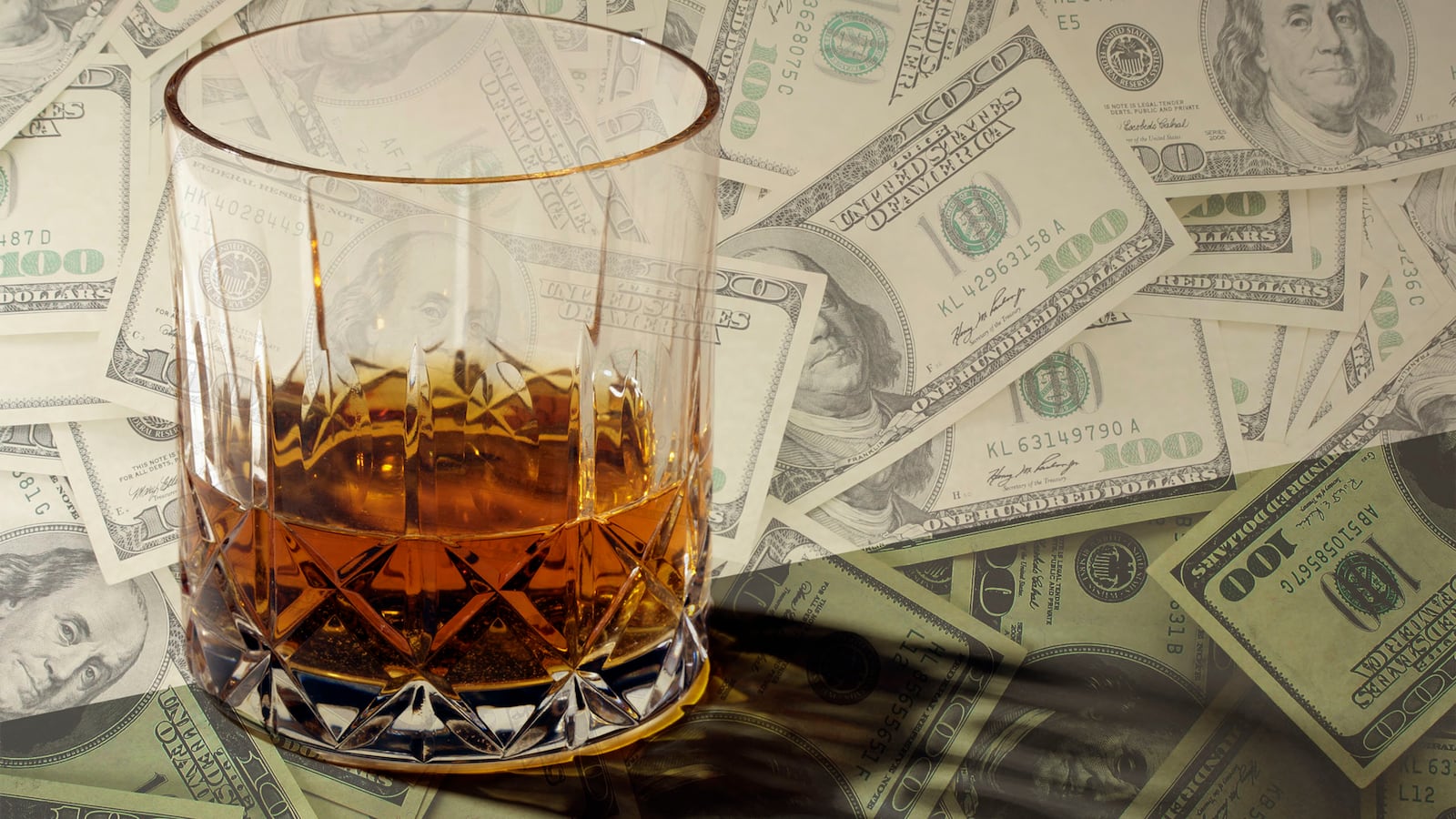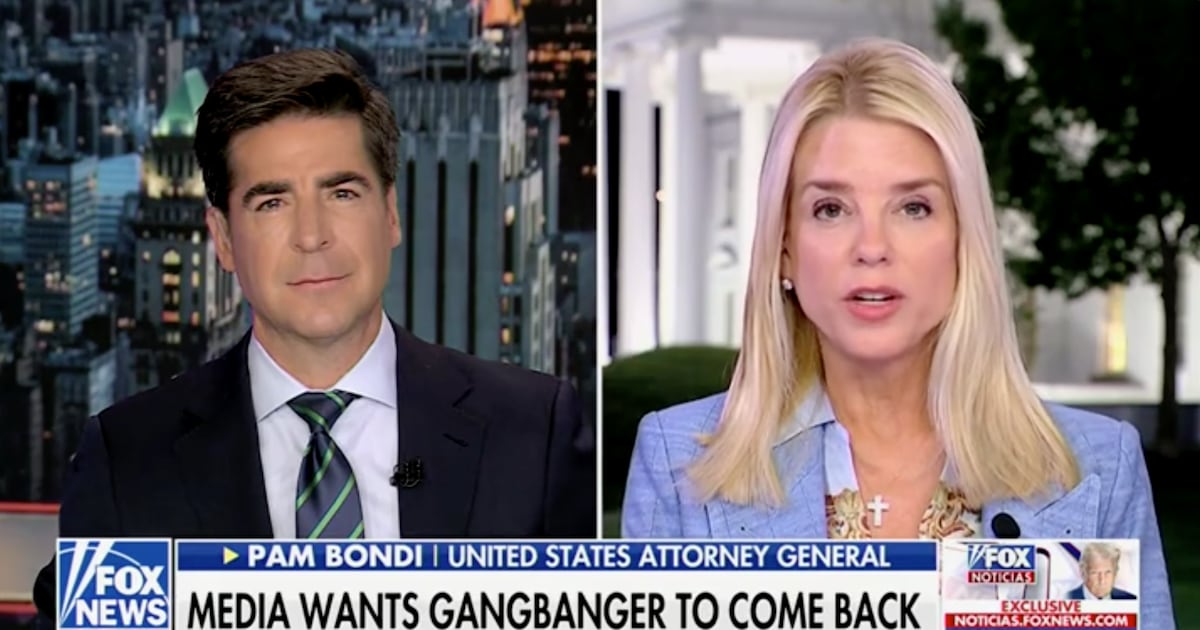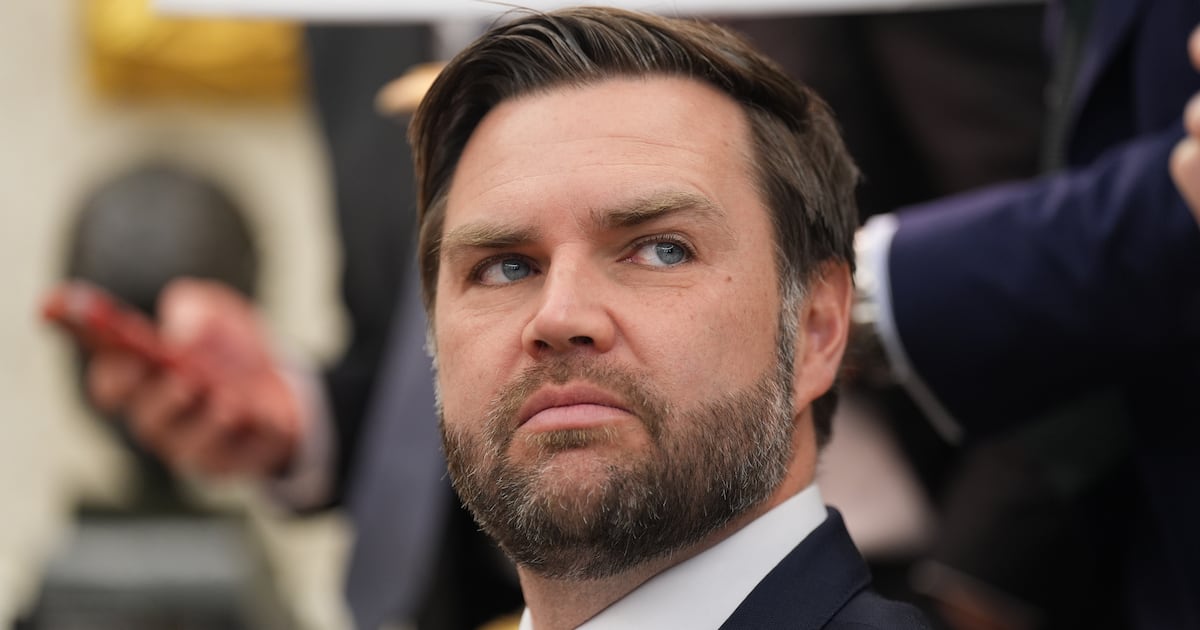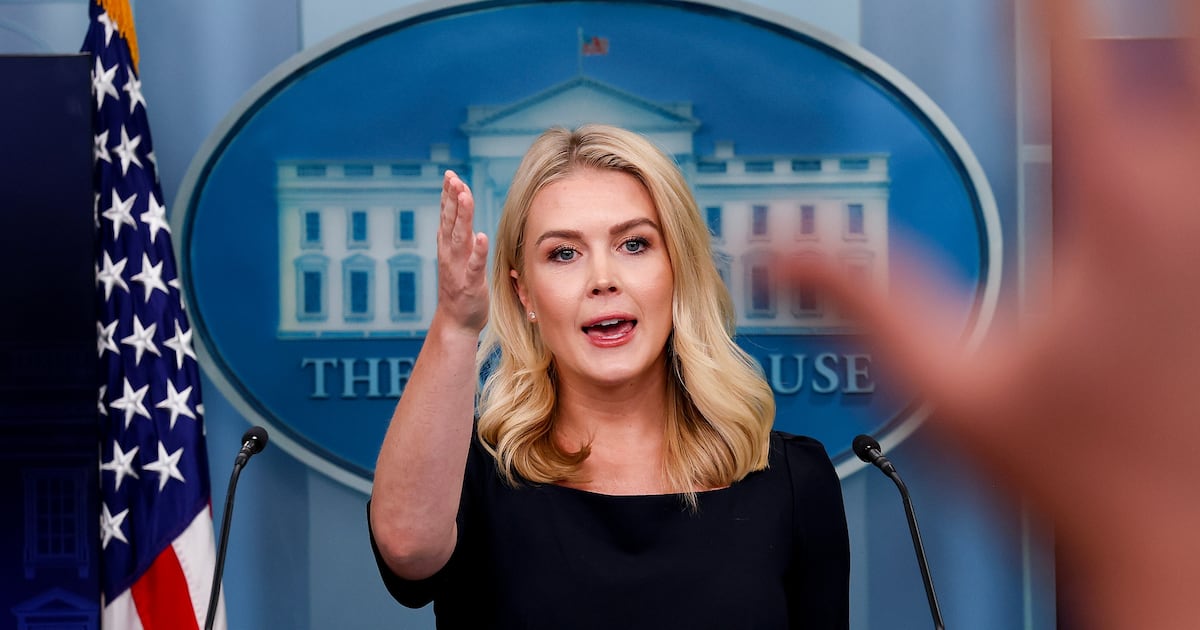As a longtime bourbon drinker, I can recall the first time I saw a bottle of American whiskey going for more than $30. I was appalled, and skeptical. How could they charge that much? In the 1990s, almost every bourbon on liquor store shelves was priced well under $20. As Scotch prices steadily rose, I regularly congratulated my fellow whiskey drinkers on the bargain that was bourbon.
Now, however, most bourbons are on the topside of twenty bucks, and rising. So you may be wondering why is it now so damn expensive?
Well, here’s a breakdown what goes into that price of a typical bottle of 85-proof Kentucky bourbon and who’s making the money.
THE RAW MATERIALS
A huge expense of making bourbon is the industry standard 53-gallon barrel, which currently costs about $250. (And once the barrel has held bourbon, it can never be used to make bourbon again but can be sold to makers of other types of spirits. For our exercise, we won’t include the amount recouped from selling the used barrel, since that fee frequently fluctuates depending upon the global supply and demand.)
To fill the barrel, you’ll need to mash, ferment, and distill grains. I recently attended the first ever Craft Maltsters Guild conference where I caught a presentation by Donald Snyder, head of Whiskey Systems, a company that builds cost and regulatory compliance tracking software for the distilling industry. You would expect a guy like that to have the inside info, and he was able to give me the current grain costs for a typical barrel of bourbon.
He totaled the cost for a fairly standard mash bill: 70-percent corn (750 lbs. at $375), 25-percent rye (250 lbs. at $115), and 5-percent malted barley (50 lbs. at $30). Now add about $50 for yeast. (Yeast is cheap, but keeping it alive, and making sure it’s genetically pure, has costs.) With the barrel, you’ve got materials costs of $820.
LABOR
Obviously, someone has to make the whiskey. We’ll add fairly conservative labor costs of $250 for the work of a master distiller and an assistant. They’ll use about $100 of utilities per barrel in the production process: water, electricity, fuel for the boiler. So, we’re now up to $1,170.
THE LIQUOR
We’re going to dump the barrel after two years; that’s low for the industry, but it’s the legal minimum for “straight” bourbon whiskey. Why are the number of years important? Because every minute that the bourbon ages, whiskey disappears from the barrel through evaporation. The first year the so-called angel’s share is the worst, you can lose 10-percent! You’ll then lose about 4-percent every year thereafter. With the loss of about 14-percent of the barrel’s original contents and bringing the whiskey down to 85-proof by adding good Kentucky water, we now have 336 bottles, at a cost of $3.48 a bottle. So, is that all it costs to make a $30 bottle of bourbon? Not so quick.
TAXES
There’s another major expense that distillers have to contend with: taxes. While this might seem like a simple expense, this is a lot more complicated than, say, doing your personal tax return, since state liquor taxes vary widely. So I asked Eric Gregory, the president of the Kentucky Distillers Association, to explain it to me.
In Wyoming, for instance, there is no liquor tax. None. In Washington State, the most highly taxed state for spirits, it’s a whopping $31.48 per “proof gallon” (the equivalent of a gallon of liquor at 100-proof, 50-percent alcohol).
But Washington’s tax is an outlier. For the sake of our example let’s look for something closer to average. Oklahoma, at $5.56 per proof gallon, is ranked 25th out of the 50 states and Washington, D.C. If we use that rate, we have to add $.95 to the cost of each bottle of our whiskey. Then there’s the federal tax, at $13.50 per proof gallon. Our bottle of 85-proof bourbon gets a federal tax of $2.30 added; plus, the average state tax of $.95, which brings the total, with materials, to $6.73.
But wait, there’s more! Kentucky’s taxes are multi-fold, and some of them attach to bourbon even if you don’t buy it there. There’s a sneaky little tax called “ad valorem,” which taxes the rising value of a barrel of whiskey every year it ages. It’s a nickel for every $100 of assessed value. While it sounds tiny, last year this tax added $2.6 billion to the state’s coffers.
There are also local ad valorem taxes that vary depending on where a distiller’s warehouses are located; that’s another $19.2 million a year of revenue for tax collectors.
Gregory points out that Kentucky is the only place in the world that taxes aging spirits for the value gained by aging, and the tax is due every year. “If you’re drinking Elijah Craig 18-Year-Old, it was taxed every year,” he said, by way of example.
Then there’s another tax: a nickel on every case shipped out of the distillery. Just because.
How much more does all that add? It varies, obviously, so for our 2-year-old bottle of 85-proof bourbon, we’ll add another 50 cents. Now we’re at a total of $7.23.
GETTING THE WORD OUT
But we’re not done. There are marketing, advertising, and promotional costs. These vary immensely. Bottom-shelf heritage brands like Very Old Barton, Heaven Hill, or Kentucky Tavern have essentially no promotional budget, and that’s reflected in their low price. Mila Kunis’s appearances on Jim Beam television commercials don’t come for free, so that’s going to be more on those brands. Sports endorsements (bass fishing, NASCAR, and similarly Southern sports, mostly), billboards and Internet and print ads, and press trips and tasting samples for your liquor store manager (and journalists) all add to the cost of your bottle.
This also includes “positioning,” the concept of what does the price say about the implied quality of the whiskey? A higher price brings a cachet of quality that appeals to some people; “reassuringly expensive,” as one old beer ad put it.
How much does all that add up to? Not surprisingly, no one was eager to reveal a figure. “Not comfortable discussing that” was the phrase several distillery representatives used. Going on equivalents in the beer industry, let’s use about $2.00 a bottle as a representative amount of how much is spent per bottle on marketing. (I’ll include in that packaging costs, which for the younger whiskies is usually fairly small.) Round the total up a couple pennies, and we’re at $9.25 for our bottle. Keep in mind as you head toward the top shelf more is, of course, spent on marketing.
RETAIL MARKUP
The distillery, the wholesaler, and the retailer all need to make money off each bottle to pay their costs, to maintain and improve their facilities, and to pay their investors. Some states limit this amount by law, others don’t. Again, we’ll use an approximation: 20-percent per level. Three markups of 20-percent each adds a total of $6.73, bringing us up to $15.98.
THE BOTTOM LINE
Before you shout that this is less than you normally pay for bourbon, it is about what I usually pay for bourbon. Not because I know some secret handshake, but because I buy younger, bottom-shelf bourbons that get no promotional spending. These are whiskies that are punchy and brash, and can stand up to a cube of ice (or three). And remember, the price we’ve put together is for a 2-year-old, when most well-known bourbons are at least 4 years old, while some are 10, 12, 18 or even 20 years old.
Every year of age adds a considerable amount to the cost of a bourbon. More liquid has evaporated and vanished into the ether. More taxes are assessed and have to be paid each year. It’s no wonder that many brands like to bottle younger bourbons.
Selection also adds to the price. For example, not every barrel of wheated bourbon in Buffalo Trace’s warehouses is good enough to be used for a luxury bottling, such as Pappy Van Winkle. And those that do, naturally, command a higher price. Any time a whiskey is in limited supply with a burning demand—Van Winkle, Booker’s, Elmer T. Lee—the shelf price will go up to what the store manager estimates people will pay. However, the distiller doesn’t actually see any of those increased profits, unless they increase the wholesale price of the whiskey. (Despite the mania, Van Winkle still suggests that its 20-year-old should be sold at $170, and sets the wholesale price accordingly.)
At the end of the day, as drinkers want ever-older whiskies and tax collectors see the liquor industry as an easy way to gain ever more revenue, it’s understandable that prices have climbed. Especially, given that $20 in 1990 with inflation is nearly $40 in 2018 dollars. My advice is to look at the bottom shelf for some of the old-school bourbons whose prices often haven’t kept up.






